1. INTRODUCTION
The war ended 40 years ago, 80 million liters of herbicides and defoliants with a dioxin amount of 366 kg (Stellman,...), were sprayed on 2 million hectares of land in South Vietnam, leaving serious consequences for the country. Vietnamese people and nature.
Research results show that dioxin residues in the environment in the sprayed area are generally below 27ppt. However, some hot spots (over 1000ppt) such as Bien Hoa, Da Nang and Phu Cat airports still contain a very large amount of dioxin. In addition, there are many soil pollution points below 1000ppt very close to residential areas waiting to be treated.
According to the Ministry of Natural Resources and Environment, the removal of dioxin in soil is currently one of the most important tasks of Vietnam. The State advocates socializing this work. As a professional social organization, the Vietnam Association for the Protection of Nature and Environment (VACNE) recognizes its responsibility to participate in this activity. With the consent of state and local agencies in Vietnam, VACNE has cooperated with Korea BJC Company, Korea Institute of Ocean Science and Technology (KIOST), Korea Institute of Toxicology (KIT). are suitably competent organizations carrying out the relevant work. After jointly determining the place to carry out the decontamination is A So airport, A Luoi district, Thua Thien Hue province, Vietnamese and Korean experts took samples to analyze dioxin concentrations in the soil, after that conducts testing method. The results of analysis and testing were reported at the Ministry of Natural Resources and Environment in 2016 and 2017.
2. ANALYSIS OF DIOXIN RESIDUES IN SOIL AT A SO AIRPORT
A Luoi area is formed by high and steep mountain ranges of the Northern Truong Son range with complex topography, high and medium mountain topography accounts for 3/4 of the area, hilly terrain accounts for 19% of the area. According to the 2004 census, the population of A Luoi district is 39,234 people with a density of 31 people/km 2, of which ethnic minorities account for over 80%, including the Pa Co, Ta Oi, Ka Tu, Pa hy, etc.
A Luoi had an important military position during the war. Therefore, according to the data known in the Ranch Hand campaign, the US side sprayed more than 549,274 gallons over 70% of the natural area in 270 missions.
There is also A So Airport in Dong Son commune, south of A Luoi district, one of three former US air bases.
A Luoi district and A So airport are locations that have been studied by many domestic and foreign agencies to evaluate the residues and consequences of dioxin pollution for the environment and people, An area investigated and analyzed for AO complete both space and time from 1996 to 2017 with over 300 acres of land and biological products (fish, poultry, cereals, rice, and human blood and milk,...)
The survey results of Hatfield (Canada) and the 10-80 Committee in 1996, 1999, 2000 showed that the A So airport area was a hot spot for dioxin residues above 900 pg/g I-TEQ, the percentage of TCDD accounted for 99, 5%. The local government has moved 36 households and commune offices out of the polluted area. In 2007, a green fence with thorns was established to prevent all activities of people and cattle entering the contaminated area.
Recently, in 2013-2014, the Ministry of Natural Resources and Environment conducted a test for dioxin residues in this hot spot. Surface soil samples at A So airport recorded the highest dioxin concentration at 820 ppt TEQ.
In 2015, experts from Korea BJC and VACNE collected 86 samples of land from 25 sites at the site of the above pollution area at A So airport. The average concentration of dioxin concentration in the upper layer from 0 to 10 cm is 61.90 ppt, in the middle layer at 25-35 cm is 646.79 ppt, in the lower layer at 50-60 cm is 62.54 ppt. Especially, soil sample AL-S10-1 has dioxin concentration up to 13,410.48 ppt. This "hot spot" of dioxins in the soil at A So airport shows that there are potential consequences of dioxins on the environment and public health that need to be overcome soon. The table below shows the results of soil dioxin analysis performed at KIT.
Table 1. Number of sample points with dioxin. concentration
| ppt | Up floor | Middle floor | Downstairs |
| >200ppt | first | 3 | 18 |
| 100-200ppt | 2 | 2 | |
| <100ppt< />> | 19 | 19 | 2 |
| Average ppt | 61.90 | 646.79 | 62.54 |
JBC 2016
 |
Figure 1. Conduct dioxin-contaminated soil samples at the scene
3. TEST TO REMOVE IOXIN IN SOIL BY KOREAN MICROBIOLOGICAL METHOD
In 2016, with the results of laboratory tests, two aerobic and anaerobic bacteria with dioxygenase activity that can degrade dioxins were isolated and selected, Novosphingobium pentaromativorans US6-1. and Corynebacterium variabile IC10, also identified a number of environmental and nutritional factors that play a role in stimulating microbial growth.
JBC, KIOST and VACNE decided to conduct a test project using microorganisms to destroy dioxins in the field at A So airport, on a larger scale and associated with the natural and socio-economic conditions of the country. field in order to find an appropriate, stable and sustainable solution for dioxin detoxification in soil.
The test area is located where the dioxin residue sample AL-S10-1 (2015) with k volume of treated soil is 100 m 3 (10m × 10m × 1m) about 200 tons.
The implementation period was conducted from December 2016 to the end of May 2017, under mandatory circumstances, not selectable.
3.1. Methods of implementation
* Selected microorganisms include 2 types of Novosphingobium pentaromativorans US6-1. and Corynebacterium variabile IC10 from Korea. Both types of microorganisms are classified as Biosafety Level 1 by TRBA Germany.
* Contaminated soil is treated in two stages:
- Stage 1: Anaerobic treatment
Excavators participate in the clearing and leveling process and excavating, kneading to homogenize the concentration of dioxin contamination in the soil.
Two strains of microorganisms with Sodium Acetate and nutrients are diluted into 02 water tanks (2,000 L) and continuously stirred and sprayed into the soil that has been mixed with nutrients by a pressure sprayer.
- The excavator continuously agitates, ensuring that microorganisms are evenly distributed in the treated soil.
- The soil is mixed with nutrients and microorganisms to ensure the humidity of 25-30% and is put into 2 sealed, waterproof tarpaulin tanks (HDPE). 2 plots of land are sealed and protected by B40 wire mesh, avoiding any outside influences.
- The anaerobic incubation period lasted 3 months (December 24, 2016 to March 18, 2017).
Stage 2: Aerobic treatment
- After the anaerobic treatment process, the soil is opened, mixed outdoors with microbial nutrients and water as in the previous stage.
- This impact process is done by hand with no machinery involved and takes place outdoors. Workers are constantly stirring, ensuring that microorganisms are evenly distributed in the treated soil. Increase oxygen supply and add water when necessary, always keep the soil moisture about 25-30%.
Work takes place for 8 weeks and 3 times a week mixing. The above work was carried out outdoors without a roof, so when it rains, the canvas has to be covered to prevent washing.
From March 24, 2016 to May 17, 2017
 |
| Figure 2. Treatment of dioxins at the scene |
3.2. Evaluation of test results
The trial of cleaning up 100 m 3 of contaminated soil at A So airport by microbiological technology (Novosphinggobium pentaromacrivo US6-1 and Corynebacterium variabile IC 10) was evaluated through the analysis results of the Center for Environmental Toxicology Research of KIT., Marine Biotechnology Laboratory under KIOST and Korea University of Science and Technology.
The analysis of homogeneous and representative soil samples at 12 fixed points in the top, middle and bottom layers of the dioxin treatment process in the soil of the test site gave the following results:
- Soil samples before treatment, the average total TEQ was 161.65ppt,
- Soil samples after anaerobic treatment total TEQ average 134.45ppt
- The average total TEQ of soil samples after aerobic treatment was 104.93 ppt.
As a result, the total TEQ toxicity was reduced by about one third compared to the original with the dioxin decomposition efficiency of 35%, although the treatment process under natural conditions of A So is correct in the rainy season, there are many difficulties in this process. the aerobic stage and the turning of the soil is done manually.
 |
| Chart 1. Comparison of PCDD/Fs concentrations before biological treatment (primary soil) and after anaerobic and aerobic treatment |
To compare with other microbial solution testing works, the results can be obtained at Da Nang airport by the US Environmental Protection Agency US.EPA in conjunction with the Institute of Biotechnology - Vietnam Academy of Science and Technology. Vietnam Science and Technology 2009 funded by Ford Foundation includes 4 anaerobic treatment formulas and 5 aerobic treatment formulas with a scale of 2m 3 of contaminated soil in a period of 6 months. Accordingly, this work gives the following results:
- Results of anaerobic treatment: Initial concentration of 40,000pptTEQ after treatment is 30,000ppt TEQ with 25% efficiency.
- Aerobic treatment results: Initial concentration of 50,000pptTEQ after treatment is 30,000ppt TEQ with 40% efficiency.
That shows, the treatment efficiency with Korean biotechnology performed at A So in difficult outdoor conditions also gives similar results as the biotechnologies tested in Vietnam.
 |
| Figure 3. Workshop to report on dioxin detoxification test results |
4. CONCLUSIONS AND RECOMMENDATIONS
We believe that the model results of a low-concentration AO/Dioxindioxin treatment solution model, about 100 - 200 ppt/TEQ such as A Luoi by biotechnology with microorganism strains US6-1 and IC10 meet requires current bioremediation techniques, this solution is suitable for socio-economic conditions and local implementation capacity. Therefore, it should be further deployed to treat the remaining contaminated area in A Sho.
It is hoped that the solution of AO/Dioxin pollution by biotechnology mentioned above, if perfected, will be more efficient, cheaper and can be applied on many dioxin-contaminated lands, contributing to the eradication of dioxin-contaminated land. to recover the consequences of toxic chemicals used by the US during the war in Vietnam.
Nguyen Ngoc Sinh, Le Bac Huynh, Choi Yong Seol, Phung Jiu Boi,
Kwon Kae Kyoung, Seo Jong Su, Nguyen Danh Truong
REFERENCES
- Journal of Environment, Research and experiment on dioxin-contaminated soil with microorganisms at A Sho airport, A Luoi district, Thua Thien Hue province, Topic III, 2017.
- VACNE Report on results of residual analysis and testing of dioxin removal methods in soil at A Sho - A Luoi airport. September 2016
- VACNE Report on the test results of dioxin detoxification by Korean microbiological method at A Sho - A Luoi airport 8-2017
- Office of the Steering Committee 33, Ministry of Natural Resources and Environment (2014), Assessing the current situation, proposing solutions to restore the environment of arable land and policies to support people in dioxin contaminated areas due to spraying. weeding in times of war. Professional duties.
- Military Institute of Science and Technology (2017), Report on selection and proposal of dioxin treatment technology at Bien Hoa airport. September 2017
- Office of the National Steering Committee 33 (C33); Institute of Biotechnology and Environment, Vietnam Academy of Science Technology (VAST); The Ford Foundation (2010): Bioremediation Pilot Studies for Soil at Da Nang Former US Airbase, Vietnam.
- Dwernychuk LW, Cau HD, Hatfield CT, Boivin TG, Hung TM, Dung PT, Thai ND (2002), Chemosphere 2002; 47:117-137
- Stellman, J. M. (2003), The extent and patterns of usage of Agent Orange and other herbicides in Vietnam. Nature 422, April 17, 2003.




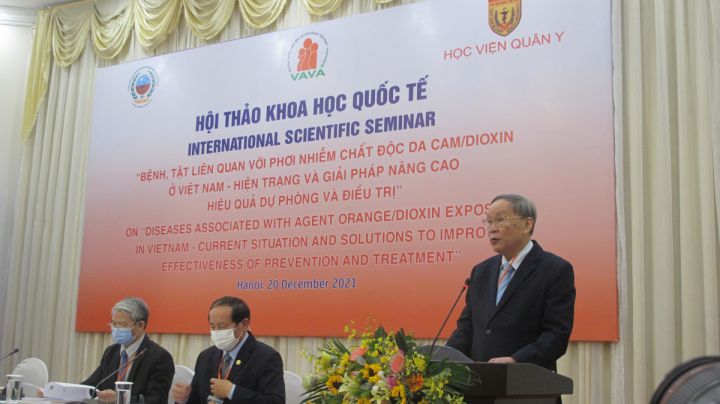

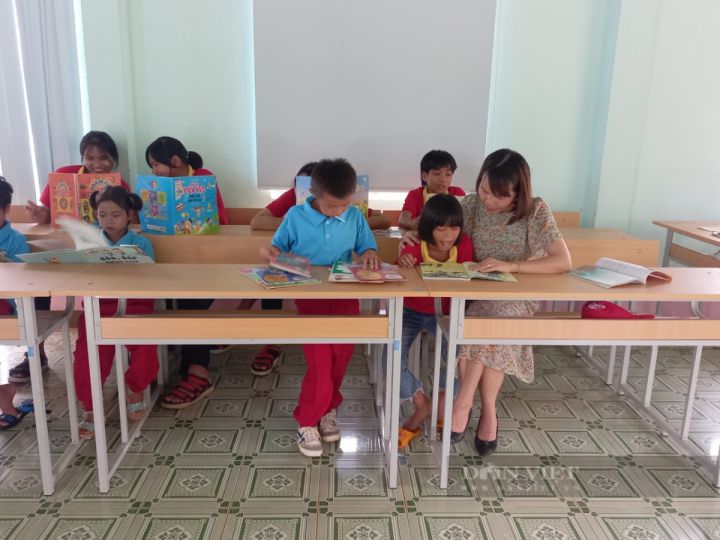
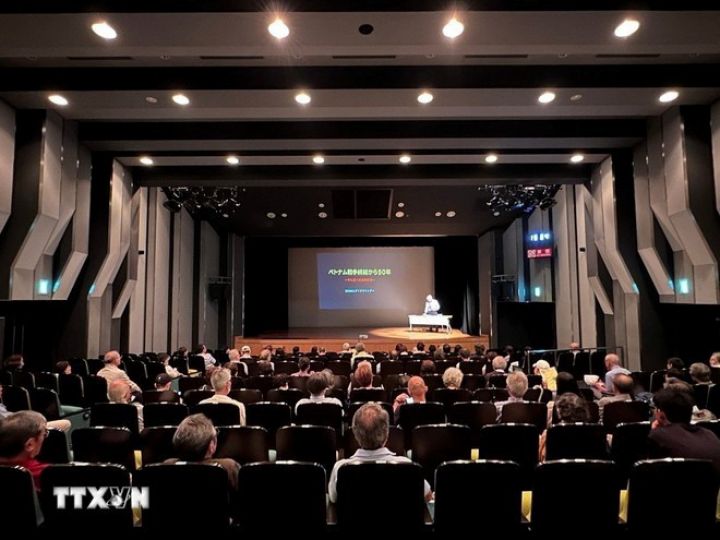


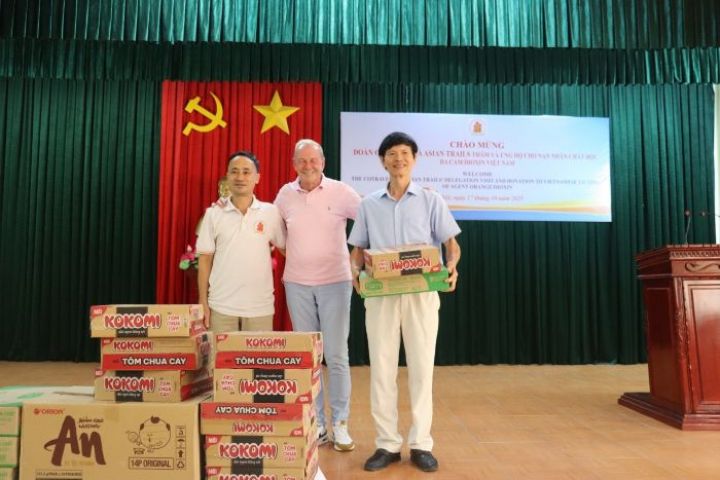












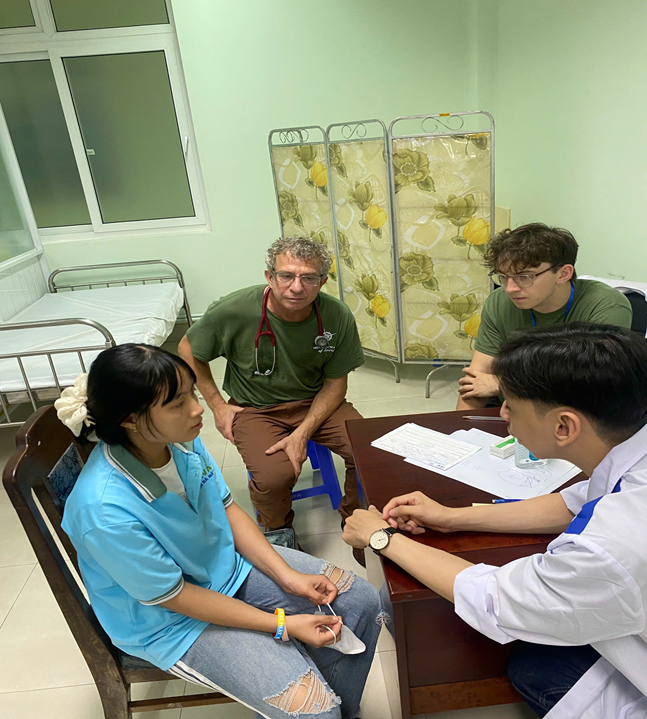
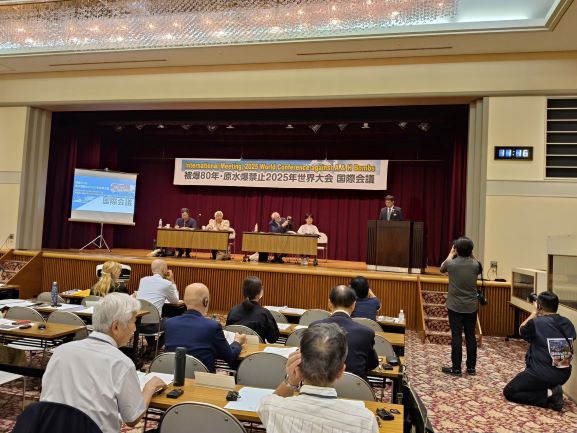
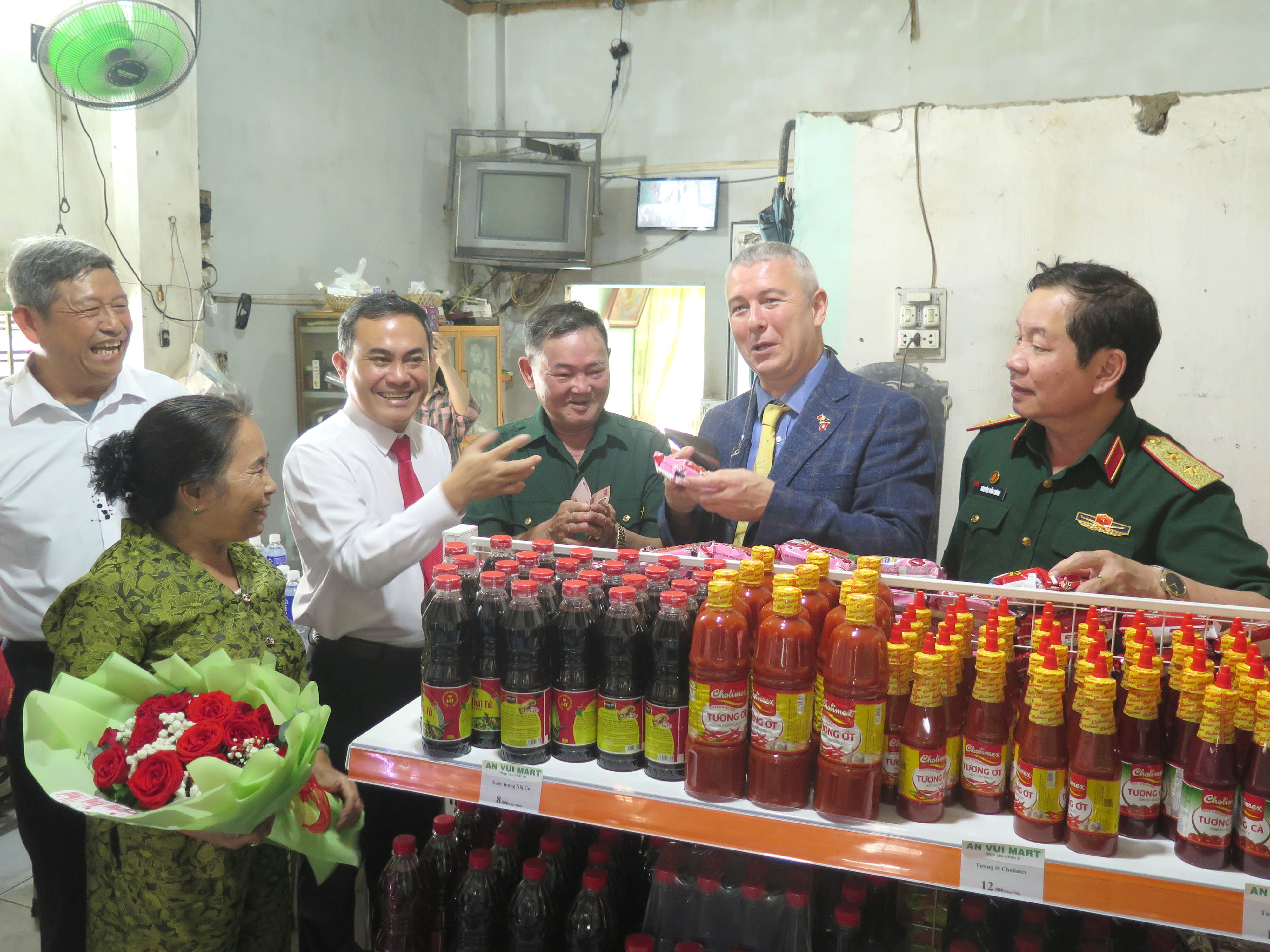
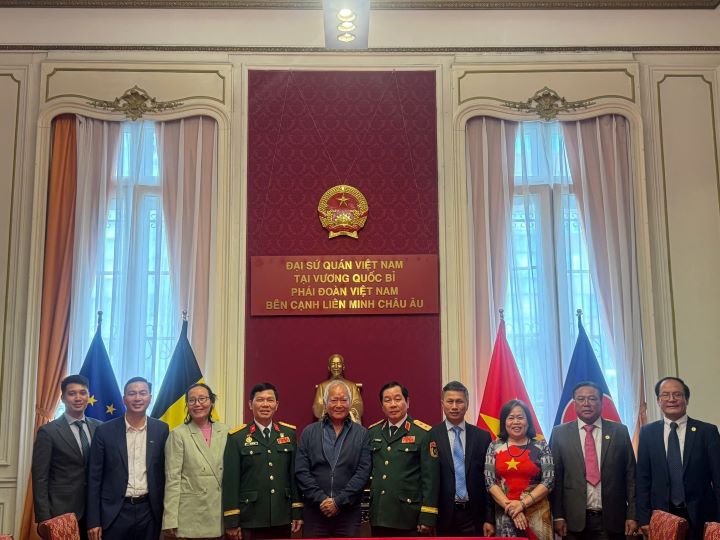

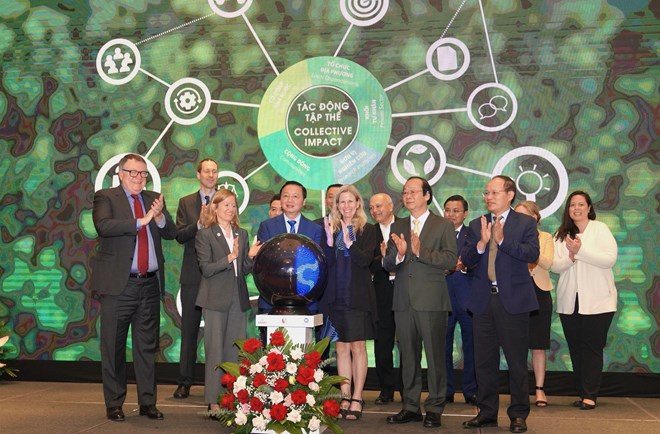

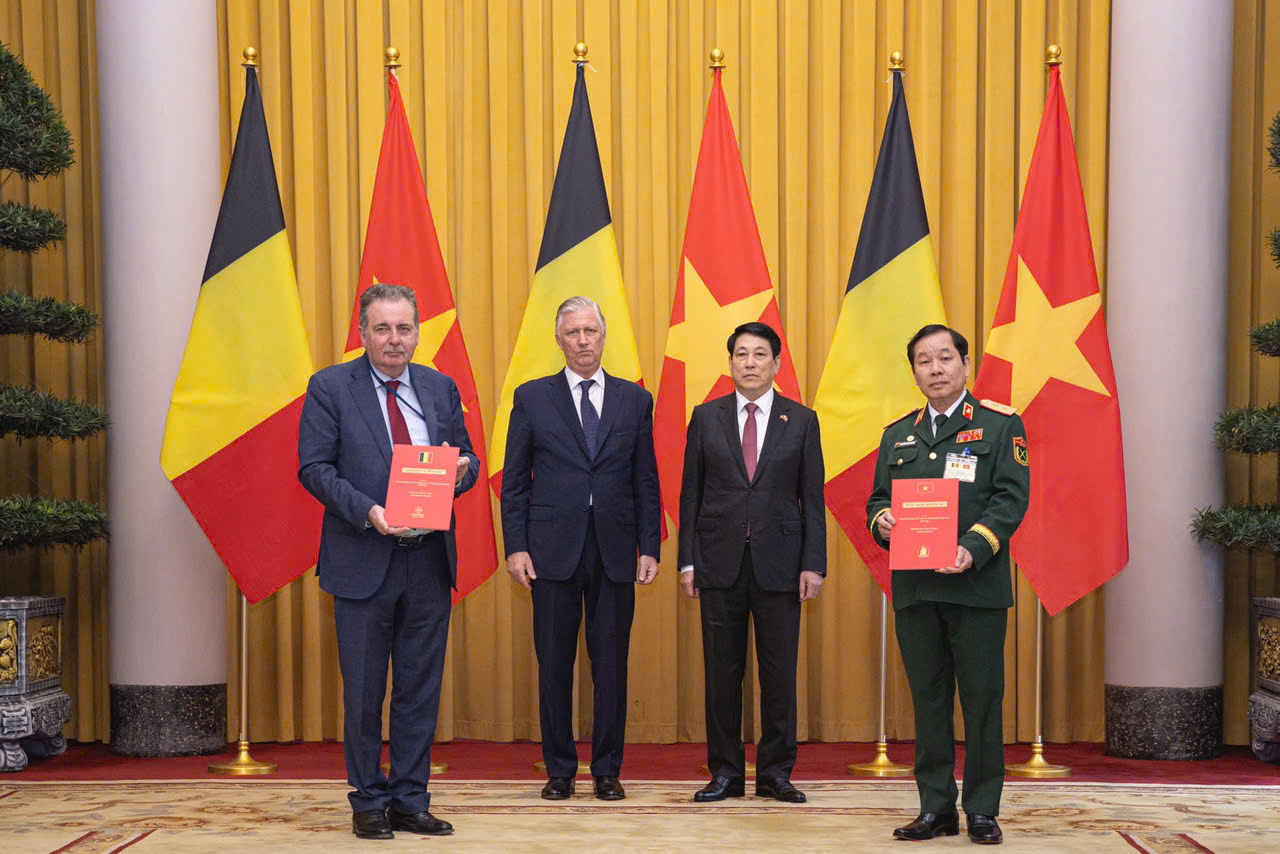


.jpg)
Comment